

Erriyon Knighton, one of the fastest humans on earth, is poised for stardom on the worldʼs biggest stage
It’s hard to explain just how fast Erriyon Knighton is with words. Ethereal world-class speed is like that. Most people have never been trackside to witness a fellow human being run 23 miles per hour. It’s just not normal. Think about it this way: In the time it’s taken to read this paragraph, Knighton can blitz 200 meters and start signing autographs.
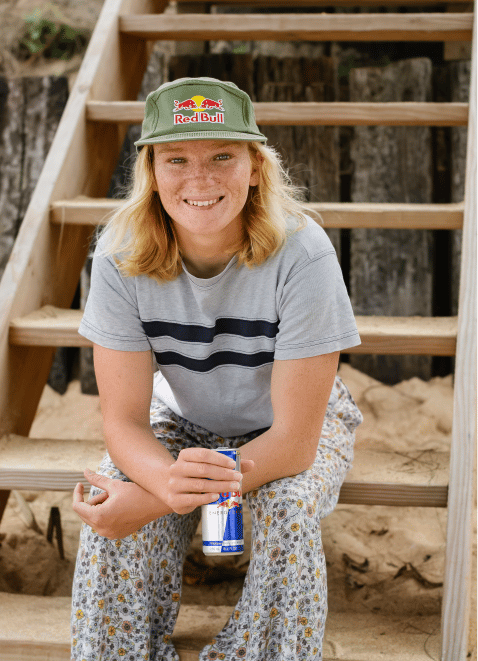
Knighton likes to walk on the slow side. Presently he’s moseying on the infield grass at the track at the University of Florida in Gainesville. There’s a practice underway, and college and elite athletes are doing hard intervals. The 20-year-old phenom understands that one of the best ways to train the body to go super fast is to run super fast. The rest of the time, he sees no reason to hurry.
Every athlete present has serious wheels, but Knighton inhabits a different plane. Most top sprinters manifest raw power when they hit top speed; there’s an aggression to the way their feet pound the ground and how their arms pump like pistons. By contrast, Knighton radiates this kind of smoothness that belies just how fast he’s going. It’s not simple for an observer to gauge the depth of his effort but it is quite easy to admire his graceful long stride and see that he’s faster than those around him. After another all-out interval, Knighton walks slowly, looking for shade with an easy smile on his face. It’s got to be fun to uncork that kind of pace on a daily basis.
Many of the world’s top athletes have an obsessively singular focus on perfecting their sport. Knighton is not like that. He trains his ass off, sure, but he doesn’t seem to overthink what he’s doing. He knows that he has a one-in-a-million gift—if we’re being literal, it’s more like a one-in-one-hundred-million gift—and he knows that it’s on him to reach his full potential, but beyond that he’s basically living in the moment, having fun and refusing to make his avocation more complicated than it has to be.
Then in February came her biggest accomplishment yet when Simmers opened her 2024 season with a win at Pipeline. On what’s widely considered to have been one of the best-ever days of women’s contest surfing, Simmers beat hard-charging Australian Molly Picklum in a hotly contested final. Her defiant and triumphant cry—“Pipeline’s for the f*cking girls”—ricocheted around the internet. Women had only competed at the fearsome North Shore wave for three years. Simmers made it clear that they were there to stay. When The Red Bulletin caught up with Simmers late in April 2024, she stood at the top of the world rankings. She spoke candidly about both the challenges and joys of competing, about the fear that waves like Pipeline and Teahupo’o inspire, and about how she came to name a surf video after a Sylvia Plath novel. Simmers is creative, funny and thoughtful by turns. For her, surfing is more than contest heats and more than world rankings. Surfing is art and selfexpression, and Simmers is determined to carve out her own path, one wave at a time.

Simmers, pictured on this spread in Australia in April, won two of the first five WSL events of 2024 to sit No. 1 in the world.
So you’re a bit stubborn, then?
It would be hard to find a professional athlete who’s not stubborn. I was playing chess last night, because I’m super into the show Queen’s Gambit. It was the first time I’ve ever played, and I was so overthinking it and freaking out. I wanted to win, but I lost every time. I was so bummed and I was like, “Why do I even care about losing this game?” It’s literally because I’m so competitive. I definitely realize how much I want to win, even if it’s stupid board games. To a certain extent, the only reason that I’m where I am is because I’m so stupidly stubborn.

“It’s hard for me to surf big waves because I’m small. But I know I can do it.”

Competitive surfing is such an individual sport, so I don’t really get many team experiences.


You always seem to find the perfect music for your edits. How do you find the music and put the edits together?
The most fun part of editing is figuring out what type of music works best with the surfing. I’m always listening to different kinds of music. I’ve been into older country music by women singers lately. I put aside songs I think will be good for edits. Sometimes, it’s a song I really like. Sometimes it’s a song that’s super weird, but I think it might work for surfing.

“You can go into a heat with a strategy, but the ocean ultimately decides your strategy.”
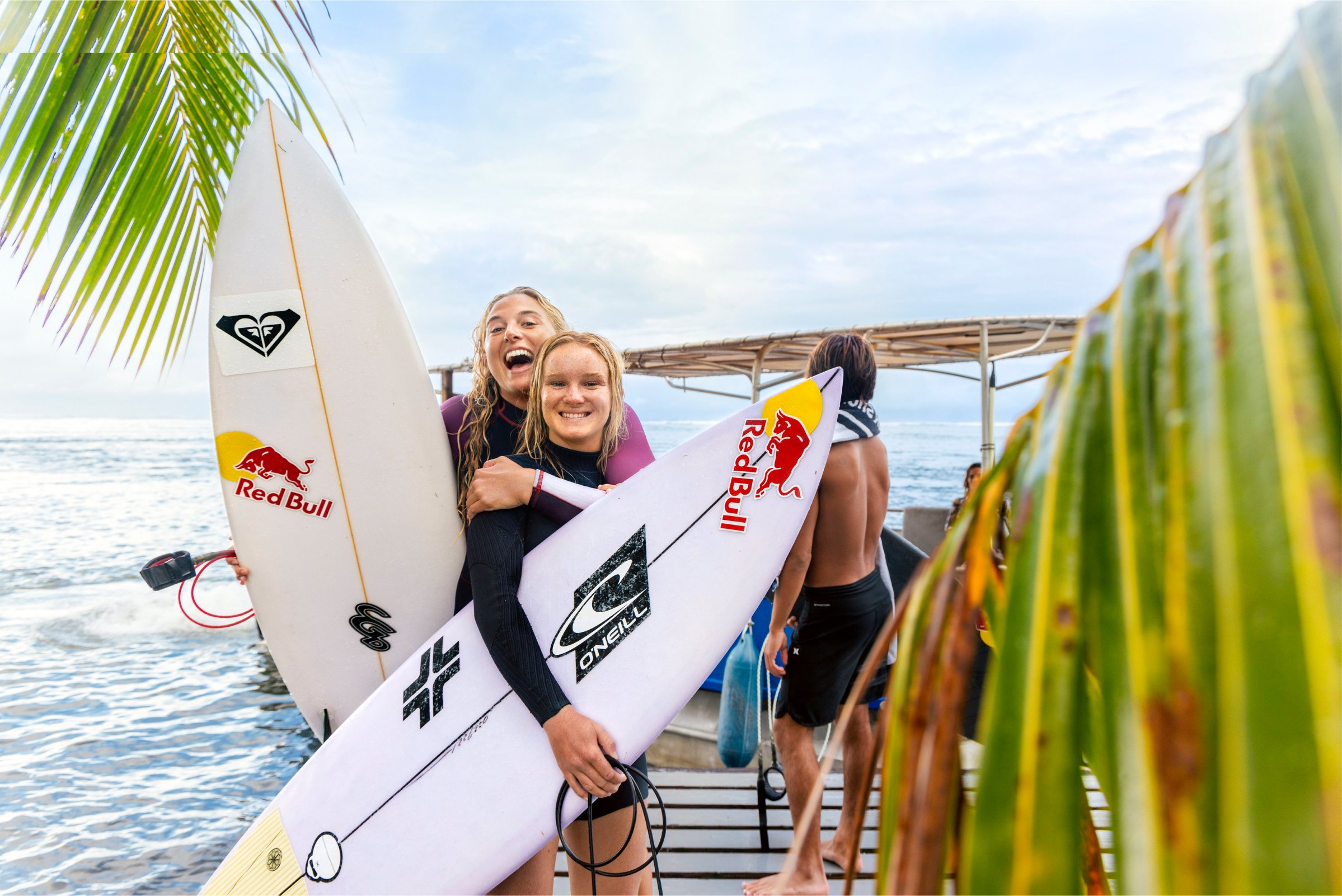
What do you find especially challenging about competing?
There’s just so many things to think about. You have to figure out how to beat the other person. You’re also competing against the ocean. You can go into a heat with a strategy, but the ocean ultimately decides your strategy. You can have this plan, like I’ll wait for the good wave, and then the good wave never comes. It’s so weird to try to fit surfing—this artistic wave-riding thing—into this criteria where somehow you have to try to get a score.
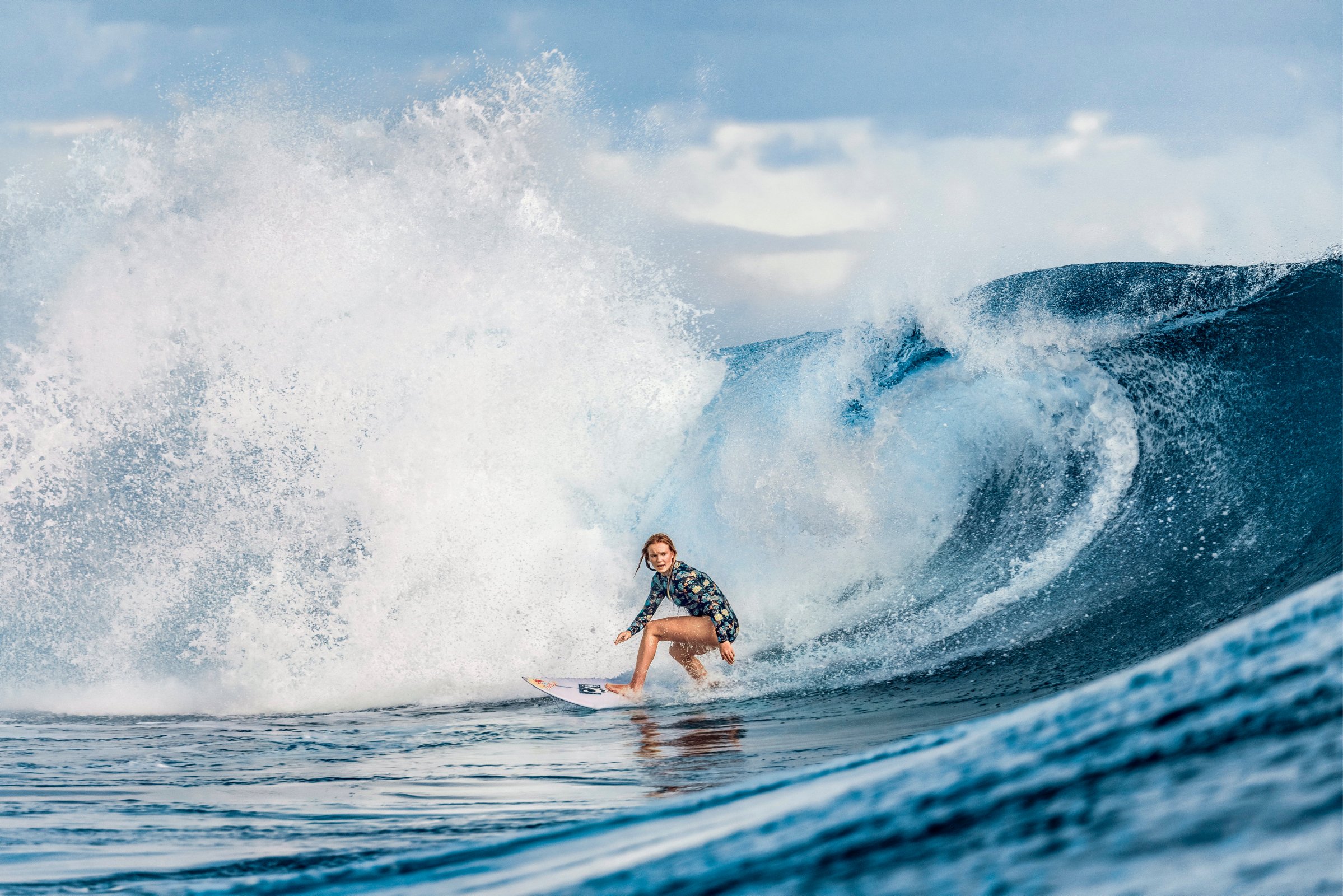
How did it feel to win at Pipeline earlier
this year?
Pipeline is a dangerous, scary wave, and just thinking about it makes my heart race faster. I’m super scared of big waves, but I obviously love surfing big waves, too. It draws so much emotion out of me. Before the event, I was worried that they were going to run it when it was super big. Pipe’s one of the best waves in the world and the most dangerous. It’s always been a goal to win there. It was pretty amazing.
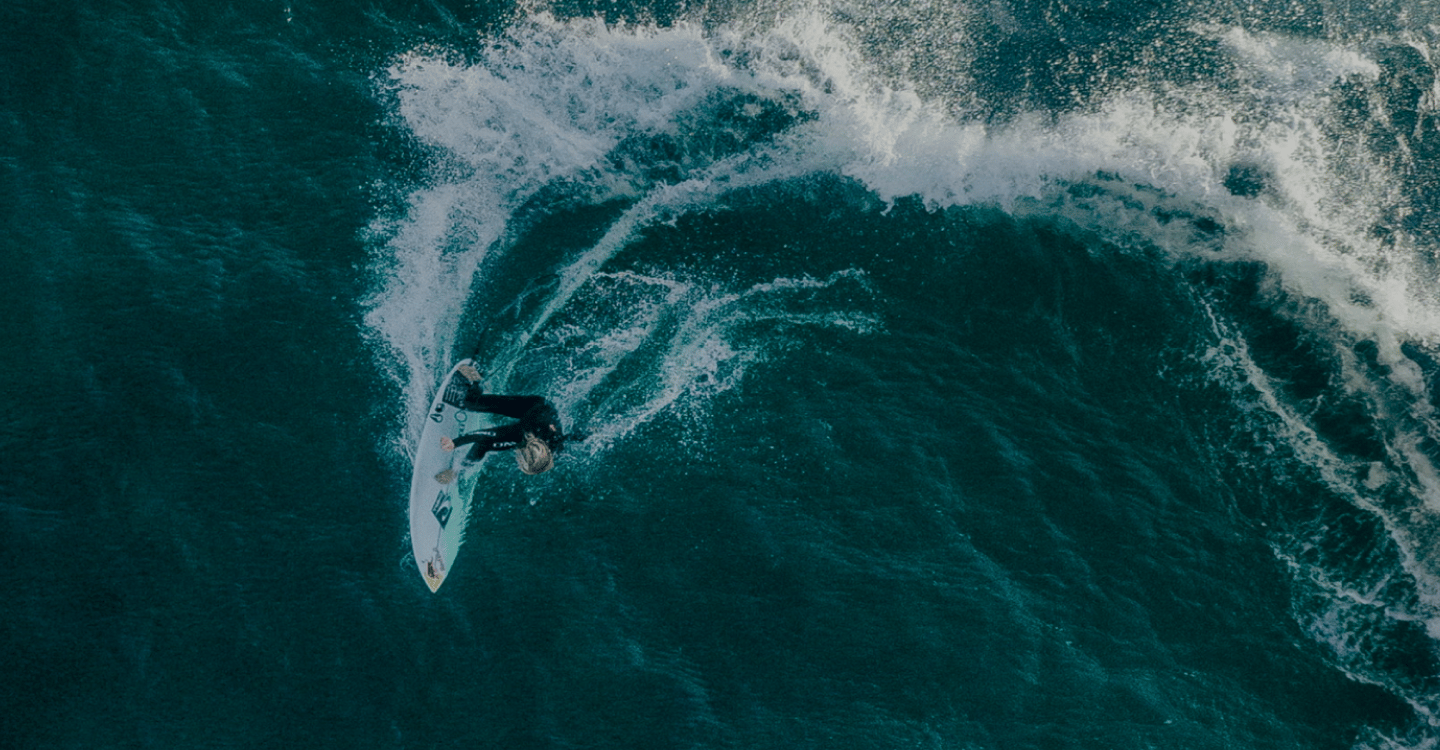
Simmers catches a ride on a mellower day at Teahupo’o. The Tahitian break will be on everyone’s mind this summer.
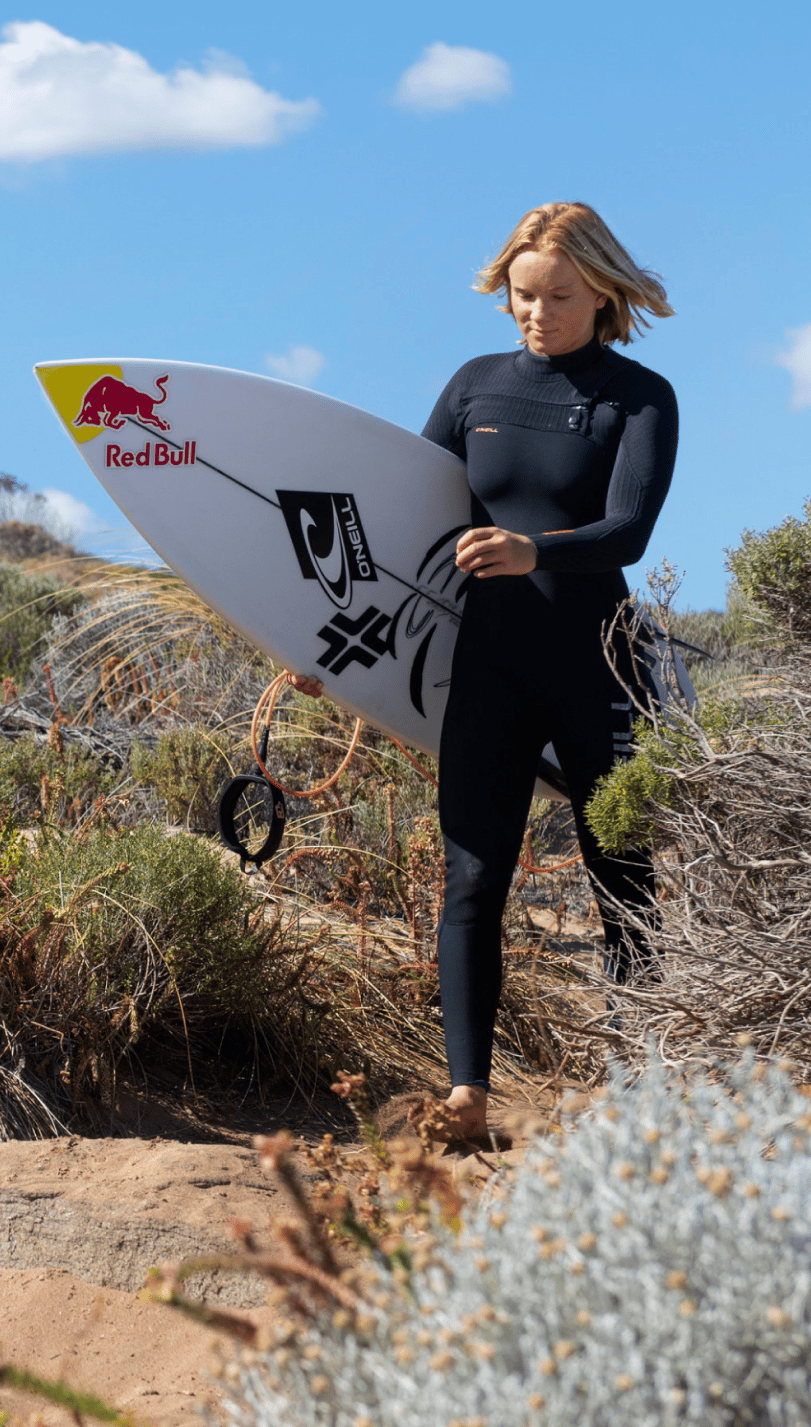
What’s something you’re looking forward to experiencing this summer?
The main thing that I’m looking forward to is being part of a team. Competitive surfing is such an individual sport, so I don’t really get many team experiences. But those team experiences I’ve gotten with the ISA World Surfing Games, it’s the best part about it, for sure. I get to cheer on other people and it’s great. I think I’m so aware of how selfish surfing is, and I really don’t like that part about it.

back to top






WORDS BY JEN SEE



Then in February came her biggest accomplishment yet when Simmers opened her 2024 season with a win at Pipeline. On what’s widely considered to have been one of the best-ever days of women’s contest surfing, Simmers beat hard-charging Australian Molly Picklum in a hotly contested final. Her defiant and triumphant cry—“Pipeline’s for the f*cking girls”—ricocheted around the internet. Women had only competed at the fearsome North Shore wave for three years. Simmers made it clear that they were there to stay. When The Red Bulletin caught up with Simmers late in April 2024, she stood at the top of the world rankings. She spoke candidly about both the challenges and joys of competing, about the fear that waves like Pipeline and Teahupo’o inspire, and about how she came to name a surf video after a Sylvia Plath novel. Simmers is creative, funny and thoughtful by turns. For her, surfing is more than contest heats and more than world rankings. Surfing is art and selfexpression, and Simmers is determined to carve out her own path, one wave at a time.
THE RED BULLETIN: What are your first memories of surfing?
CAITLIN SIMMERS: My dad, Jesse, and my mom, Ali, loved the beach when my brother and I were kids. Just thinking about the sand, the itchiness of the sand, and the coldness of the water, we weren’t that into it. They would have to bribe us. “You get a Slurpee if you come to the beach.” I would boogie board with my brother Timo and that’s the first memories I have of riding waves. My dad surfs, so my brother and I started surfing. Then my mom started when I did. We would all go as a family on weekends. We all loved it.
So you’re a bit stubborn, then?
It would be hard to find a professional athlete who’s not stubborn. I was playing chess last night, because I’m super into the show Queen’s Gambit. It was the first time I’ve ever played, and I was so overthinking it and freaking out. I wanted to win, but I lost every time. I was so bummed and I was like, “Why do I even care about losing this game?” It’s literally because I’m so competitive. I definitely realize how much I want to win, even if it’s stupid board games. To a certain extent, the only reason that I’m where I am is because I’m so stupidly stubborn.
Did that competitiveness draw you to contest surfing?
My friend was like, “You should do a competition,” so I did. In the first one, I didn’t even get close to winning the whole comp. But I was so pumped on it. I just got addicted to that feeling. If I can do this thing I love and beat other people, then that’s the best thing ever.
What’s it like if you and Timo are in the lineup together?
It’s a little more mellow now. We’d always just have a good time, and sometimes we’d fight if one person burned the other. Mostly, I feel like we’ve always just been at each other’s throats in the best way possible. I would see him doing something good and I would just want to do it better. We push each other.
Growing up skating and surfing, you watched a lot of videos. What did you have on repeat that you feel has influenced you?
When I first started getting super inspired by surf video clips, I was watching Dane Reynolds. I watched a lot of his videos for a long time. Then in the last couple years, I got really into skate and snowboard videos as well. My favorite snowboard video is Evergreen, and I really like what Frog Skateboards does. I love how they make it look like they’re just doing it simply to enjoy themselves and making lighthearted videos.
How did you come up with the name “Toasted” for your video projects?
It’s honestly the dumbest name ever for anything! I wanted something with different meanings. It could mean you’re tired or sunburned. Or you’re toasting to something, like a celebration. It could mean you’re toasting a piece of bread. I didn’t want it to be serious. If you sit around and you think too hard about it, you’ll come up with something that doesn’t have any life.
You’ve already put out a couple of sick edits. What are you psyched to do with Toasted?
The idea is for it to be an outlet for videos I make. I didn’t want it to be just under my name, because I want to include other people. I enjoy my brother’s surfing, and I like putting him in my videos. He’s so creative and helps me come up with ideas. I want to start putting more up-and-coming girls in my videos.
You always seem to find the perfect music for your edits. How do you find the music and put the edits together?
The most fun part of editing is figuring out what type of music works best with the surfing. I’m always listening to different kinds of music. I’ve been into older country music by women singers lately. I put aside songs I think will be good for edits. Sometimes, it’s a song I really like. Sometimes it’s a song that’s super weird, but I think it might work for surfing.
You have to be the only pro surfer ever to name an edit after a Sylvia Plath novel, The Bell Jar. What’s the story behind that choice?
I was reading Sylvia Plath and I really like her. The book is pretty dark but it’s also beautiful. My friend Coral who I work with loved it, too. We were sitting at this desk and the book was there. We were just like, oh, it sounds cool, The Bell Jar. And it has meaning to us, because we both loved the book. We loved these quotes, like “I felt wise and cynical as all hell.”
At the end of the edit, you have that beautiful, massive barrel at Teahupo’o. What do you remember about that wave?
I don’t really remember the actual wave. It sucks, but I’ve talked to a couple of other surfers about it, and it’s like your mind just blacks out. I had been out for like five hours and I was paddling back to the boat when this wave came that swung pretty wide. Everyone was screaming at me to go. It was like, “Well, I guess I have to go.” I remember dropping in. Then I remember knowing that it was the best wave of my life as of that moment. I also got pounded by two waves after it. It was pretty brutal.
Is that the only wave you rode that day?
I got a bunch of waves, but I fell on all of them. I was out there for something like five hours and I didn’t make a wave, so it was pretty fricking amazing when I made that one. I was falling, because I was just trying to wrap my head around the wave. It’s one of the most perfect waves in the world in that sense that it breaks in the same place every time. You’d think it would be easier to surf, but it’s not, at least for me. The way it bends and the speed it comes at you—there’s a lot of factors. I felt like I had to forget everything I’ve ever learned.
How would you characterize your relationship with Teahupo’o at this point?
We have a good relationship, I think. We’ve had some ups and downs. I’ve hit the reef pretty bad there. One of my worst reef scrapes ever was there. I hit the reef so hard that I couldn’t even feel my legs. I was in shock, and it was crazy. But I also got the wave of my life there. It’s one of the most powerful, crazy, scary, picture-perfect waves ever. I don’t know if it thinks I’m beautiful, but I think it’s beautiful.
What do you find especially challenging about competing?
There’s just so many things to think about. You have to figure out how to beat the other person. You’re also competing against the ocean. You can go into a heat with a strategy, but the ocean ultimately decides your strategy. You can have this plan, like I’ll wait for the good wave, and then the good wave never comes. It’s so weird to try to fit surfing—this artistic wave-riding thing—into this criteria where somehow you have to try to get a score.
How did it feel to win at Pipeline earlier this year?
Pipeline is a dangerous, scary wave, and just thinking about it makes my heart race faster. I’m super scared of big waves, but I obviously love surfing big waves, too. It draws so much emotion out of me. Before the event, I was worried that they were going to run it when it was super big. Pipe’s one of the best waves in the world and the most dangerous. It’s always been a goal to win there. It was pretty amazing.
How would you characterize your relationship with Teahupo’o at this point?
We have a good relationship, I think. We’ve had some ups and downs. I’ve hit the reef pretty bad there. One of my worst reef scrapes ever was there. I hit the reef so hard that I couldn’t even feel my legs. I was in shock, and it was crazy. But I also got the wave of my life there. It’s one of the most powerful, crazy, scary, picture-perfect waves ever. I don’t know if it thinks I’m beautiful, but I think it’s beautiful.
What’s something you’re looking forward to experiencing this summer?
The main thing that I’m looking forward to is being part of a team. Competitive surfing is such an individual sport, so I don’t really get many team experiences. But those team experiences I’ve gotten with the ISA World Surfing Games, it’s the best part about it, for sure. I get to cheer on other people and it’s great. I think I’m so aware of how selfish surfing is, and I really don’t like that part about it.
Is there anything you’d like to improve as a contest surfer?
I want to improve in bigger waves. I grew up in Oceanside, where every day the waves are like one foot. So when I go to places like Hawaii I feel so out of my comfort zone. It’s also super hard for me to surf bigger waves, because I’m so small. But I know I can do it. I want to figure that one out.































Simmers enjoys a lighter moment with fellow pro and SoCal talent, Izzi Gomez.
Competitive surfing is such an individual sport, so I don’t really get many team experiences




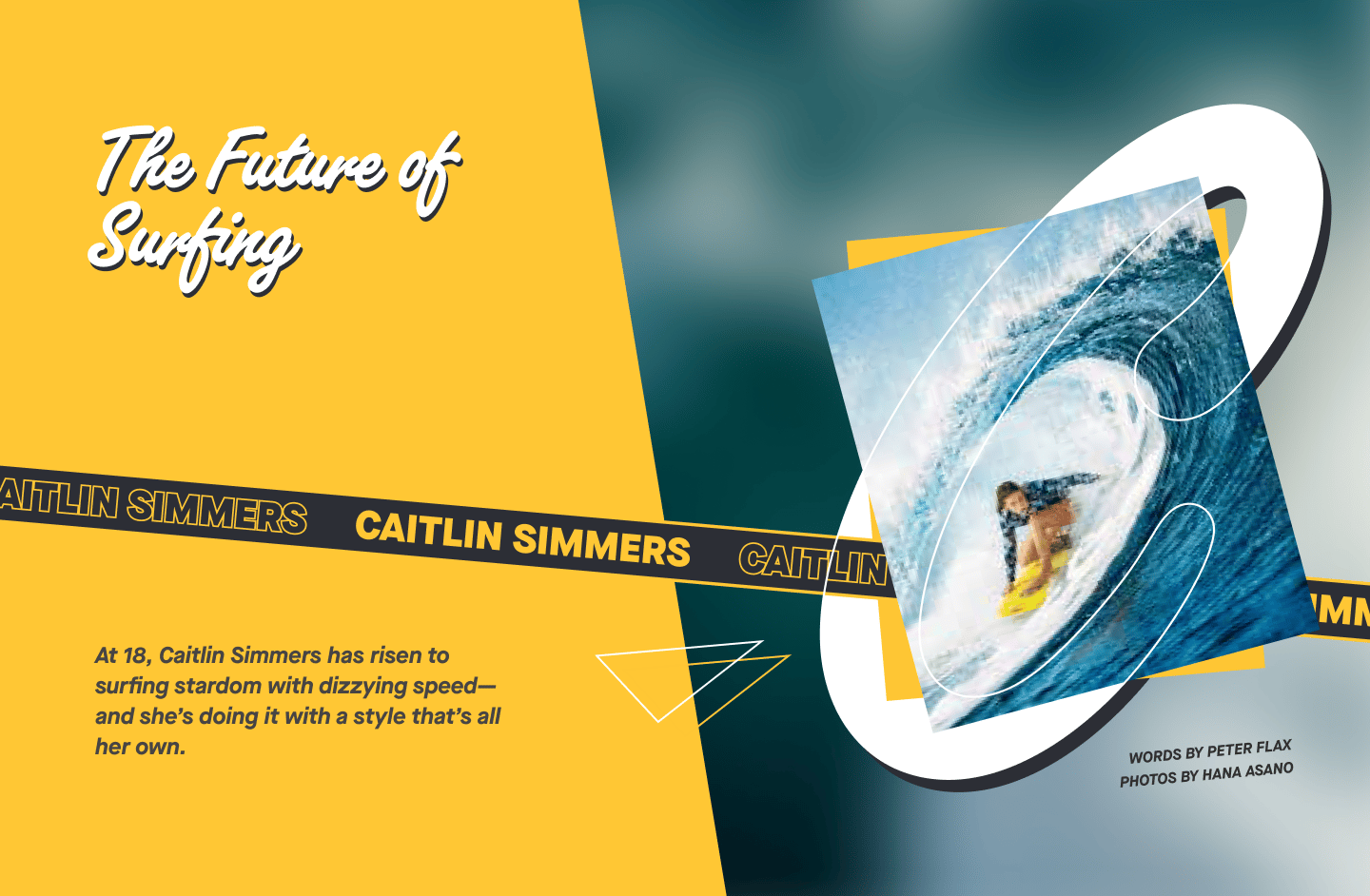



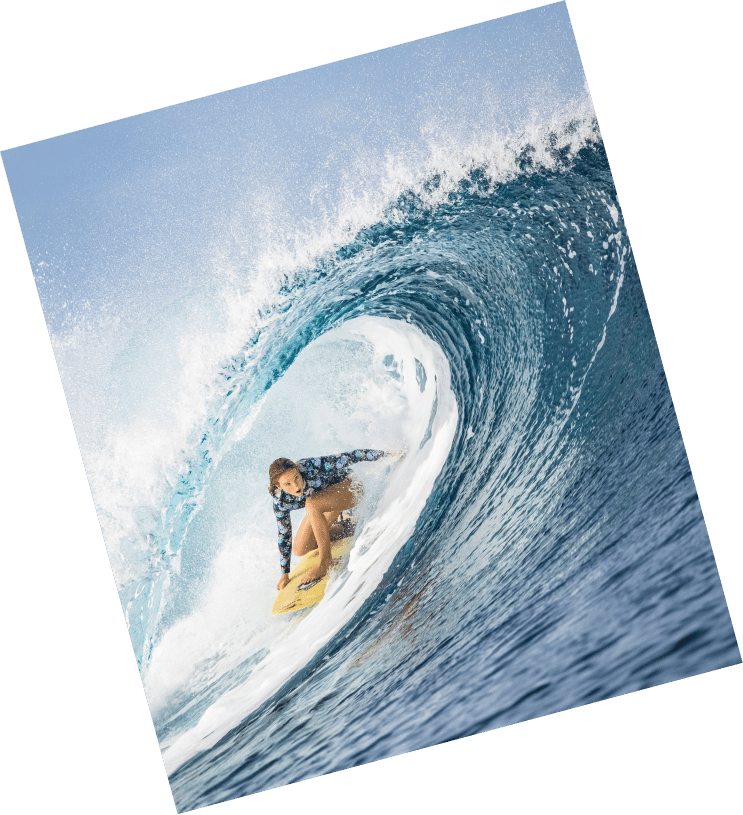







WORDS BY JEN SEE
At 18, Caitlin Simmers has risen to surfing stardom with dizzying speed—and she’s doing it with a style that’s all her own.
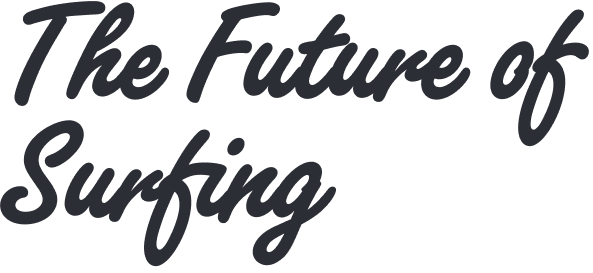
Growing up in Oceanside, California, Simmers never expected to become one of the best surfers in the world. She spent weekends playing in the waves at the end of Cassidy Street and ate tacos at Primos. She imagined becoming a professional boogie boarder. She tried BMX, hip-hop dancing and skateboarding, but her family gravitated to the beach. Her father, Jesse, surfs, and soon Simmers learned. Eventually, a friend suggested she sign up for a contest. Simmers only made one heat that day, but it didn’t matter. The lure of competition hooked her. Since that first contest, Simmers has made a stunning ascent through surfing’s ranks and developed a dynamic, expressive style. At 15, she won the prestigious U.S. Open of Surfing at Huntington Beach. By the end of the year, she had become one of the youngest surfers ever to qualify for the Championship Tour, which is surfing’s highest level of competition. After delaying her Tour debut for a year, Simmers won two events and finished an impressive fourth in the world in 2023. She also found time to release a creative video edit that she called Bell Jar.
There’s an image of Caitlin Simmers sliding through a dark-blue cavern at Teahupo’o in Tahiti. The wave towers over her with a face that’s easily 8 feet tall, maybe more. She looks perfectly poised. She folds her 5-foot-3-inch body over the thin fiberglass of her board and grasps her outside rail as she holds a precarious balance against the ocean’s force. Simmers looks at home there, slipping through a dream, deep in the embrace of one of the world’s most dangerous waves. She is where she’s meant to be. And she hopes to be right back there, gliding through that mesmerizing tube when the very best surfers return to Tahiti this summer with the whole world watching.








THE RED BULLETIN: What are your first memories of surfing?
CAITLIN SIMMERS: My dad, Jesse, and my mom, Ali, loved the beach when my brother and I were kids. Just thinking about the sand, the itchiness of the sand, and the coldness of the water, we weren’t that into it. They would have to bribe us. “You get a Slurpee if you come to the beach.” I would boogie board with my brother Timo and that’s the first memories I have of riding waves. My dad surfs, so my brother and I started surfing. Then my mom started when I did. We would all go as a family on weekends. We all loved it.
Your parents both have full-time jobs. Your dad’s an electrician, and your mom’s a hospice nurse, which are both demanding jobs. Have their experiences influenced you?
I think knowing that my dad’s had to work all day every day gives me perspective about what I do and how lucky I am to be where I am. I know what I have. And my mom is one of the wisest people I know. She’s amazing. I’m really grateful for my parents. They’re super hands-off about my career. Obviously, they’re proud of me, but they’re never going to try to push. I feel like honestly, if they tried to force me into being this girl surfer or for me to do anything, really, I would not want to do it. In fact, I’d probably do the opposite.





Did that competitiveness draw you to contest surfing?
My friend was like, “You should do a competition,” so I did. In the first one, I didn’t even get close to winning the whole comp. But I was so pumped on it. I just got addicted to that feeling. If I can do this thing I love and beat other people, then that’s the best thing ever.
What’s it like if you and Timo are in the lineup together?
It’s a little more mellow now. We’d always just have a good time, and sometimes we’d fight if one person burned the other. Mostly, I feel like we’ve always just been at each other’s throats in the best way possible. I would see him doing something good and I would just want to do it better. We push each other.




Growing up skating and surfing, you watched a lot of videos. What did you have on repeat that you feel has influenced you?
When I first started getting super inspired by surf video clips, I was watching Dane Reynolds. I watched a lot of his videos for a long time. Then in the last couple years, I got really into skate and snowboard videos as well. My favorite snowboard video is Evergreen, and I really like what Frog Skateboards does. I love how they make it look like they’re just doing it simply to enjoy themselves and making lighthearted videos.
How did you come up with the name “Toasted” for your video projects?
It’s honestly the dumbest name ever for anything! I wanted something with different meanings. It could mean you’re tired or sunburned. Or you’re toasting to something, like a celebration. It could mean you’re toasting a piece of bread. I didn’t want it to be serious. If you sit around and you think too hard about it, you’ll come up with something that doesn’t have any life.
You’ve already put out a couple of sick edits. What are you psyched to do with Toasted?
The idea is for it to be an outlet for videos I make. I didn’t want it to be just under my name, because I want to include other people. I enjoy my brother’s surfing, and I like putting him in my videos. He’s so creative and helps me come up with ideas. I want to start putting more up-and-coming girls in my videos.
You have to be the only pro surfer ever to name an edit after a Sylvia Plath novel, The Bell Jar. What’s the story behind that choice?
I was reading Sylvia Plath and I really like her. The book is pretty dark but it’s also beautiful. My friend Coral who I work with loved it, too. We were sitting at this desk and the book was there. We were just like, oh, it sounds cool, The Bell Jar. And it has meaning to us, because we both loved the book. We loved these quotes, like “I felt wise and cynical as all hell.”
At the end of the edit, you have that beautiful, massive barrel at Teahupo’o. What do you remember about that wave?
I don’t really remember the actual wave. It sucks, but I’ve talked to a couple of other surfers about it, and it’s like your mind just blacks out. I had been out for like five hours and I was paddling back to the boat when this wave came that swung pretty wide. Everyone was screaming at me to go. It was like, “Well, I guess I have to go.” I remember dropping in. Then I remember knowing that it was the best wave of my life as of that moment. I also got pounded by two waves after it. It was pretty brutal.
How important is it for women’s surfing to have an event at Pipeline?
I think it’s super important to throw the girls out there and force them to do it for the sake of pushing the sport. It’s pretty easy to be like, yeah, I’m just not going to surf Pipe. But if there’s an event there, it’s like, well, shit, if I want to do good at this contest I have to surf here. I would probably still surf Pipe even if there wasn’t an event there, but I’m surfing it way more and trying to learn about it and study it. It definitely pushes me. It’s been super amazing to see the number of girls out there multiply each year.
Is there anything you’d like to improve as a contest surfer?
I want to improve in bigger waves. I grew up in Oceanside, where every day the waves are like one foot. So when I go to places like Hawaii I feel so out of my comfort zone. It’s also super hard for me to surf bigger waves, because I’m so small. But I know I can do it. I want to figure that one out.
What do you feel like you’ve learned in your career so far?
I’m always in different places and different surroundings. I’m forced to be around all these different people and I’m always in a different place at a different time, a different bed, different sheets, a different pillow. So my mind’s always just like, “What are you even doing to yourself?” I guess I’ve learned to try to find consistency in my life, even when there’s none of it there. And maybe a simpler thing I’ve learned is how much I appreciate home. It’s so easy to overthink things. There are a lot of people trying to tell me what works and how to succeed. I can try those things, but I really just have to do what works for me. There’s no cookie-cutter way to succeed. I feel like at my age, I still have so many different things that I have to figure out.
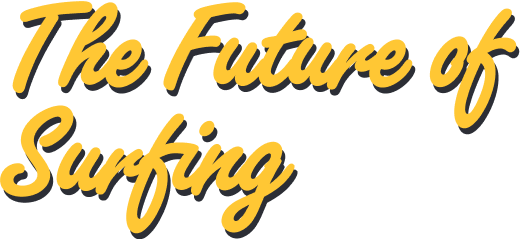
For Simmers, surfing is art and self-expression.










Photo by Christa Funk
Photo by Ryan Miller
Photo by Ryan Miller
Photo by Domenic Mosqueira
Photo by Ryan Miller
Photo by Domenic Mosqueira
Photo by Domenic Mosqueira
Photo by Ryan Miller
Photo by Ryan Miller
Photo by Ryan Miller
Photo by Ryan Miller
Photo by Domenic Mosqueira
Photo by Domenic Mosqueira
Photo by Domenic Mosqueira
Photo by Christa Funk





















